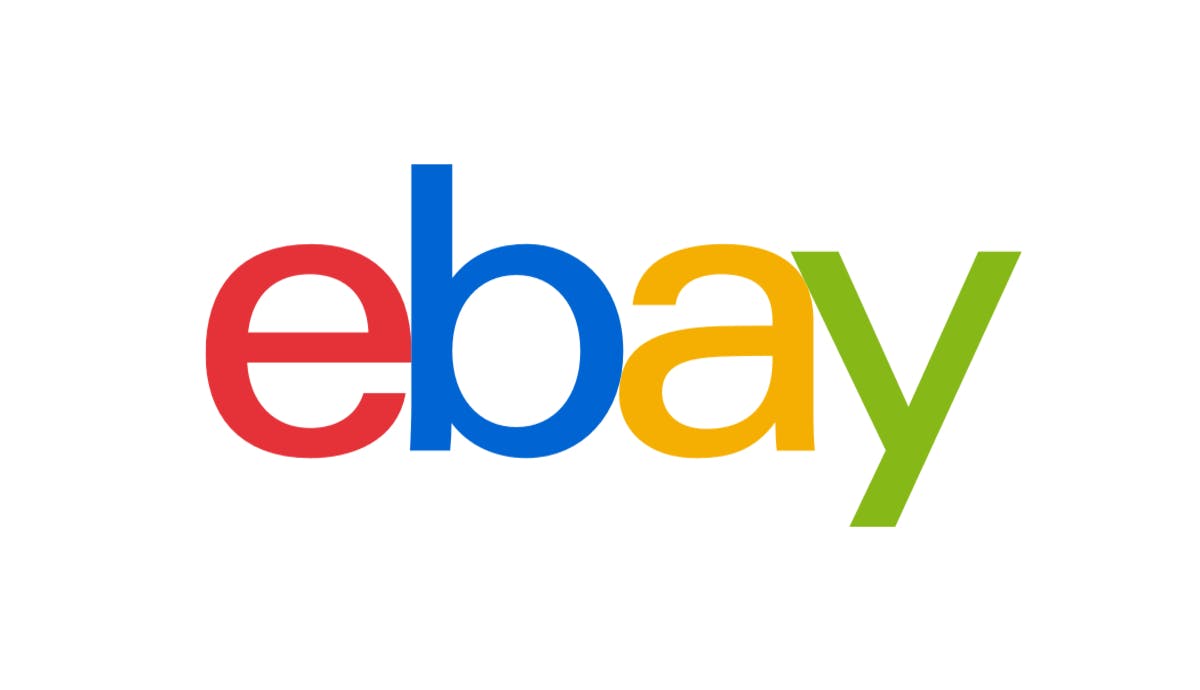eBay is one of the oldest and most popular e-commerce platforms. eBay said in the first quarter of 2021 that the number of annual active purchasers on its platforms climbed by 7% to 187 million, with an average of 1.8 billion monthly site visits – second only to Amazon.
To put it another way, eBay is an excellent spot to start your ecommerce career. You’ll need the following items before starting an eBay store:
• An eBay seller account with a connected checking account for payouts (learn more about creating a seller account)
• A rough idea of which eBay Store features you’ll require (check out the Seller Centre to compare eBay Store packages)
Setting up an eBay Store
To begin, choose between Starter, Basic, Premium, Anchor, or Enterprise as your subscription level.
Here’s how to open your store once you’ve picked a package:
• Select a Store Subscription from the drop-down menu.
• Select and review the eBay Store type you’d want to subscribe to from the drop-down menu.
• Choose a membership period (yearly or monthly) and give your eBay Store a name.
• To purchase an eBay Store subscription, select Submit order.
Naming eBay Store
A website address (URL) will be generated when you choose a name for the eBay Store. Special characters will be removed, hyphens will be added between words, and all letters will be lowercase.
Here are some things to keep in mind when deciding upon your eBay Store name:
- It can be your eBay username as long as it meets the requirements above
- It must start and end with a letter or number
- It can’t start with four or more consecutive letter As
- It can’t start with an e or E followed by more than a single number
- It can’t contain the following characters: <, >, or @
- It can’t be the username of another eBay member
- It can’t contain “www” anywhere in the name
- It can’t contain two or more consecutive spaces or non-alphanumeric characters
- It can’t end in.com,.co.uk.net, or any other top-level domain abbreviation used on the internet
- It cannot be a name that is identical to or confusingly close to a trademarked name of another company
- You also can’t choose a name that contains the word “eBay” or is confusingly similar to it
Subscribe to eBay Store
After you’ve signed up for eBay Store, follow the on-screen steps to get it up and running, including how to:
- Personalize the store by selecting a design and a name, as well as including your company logo.
- You may organise your inventory by creating custom categories and promoting specific listings.
- You can see how it will seem to customers and make sure everything is in order before your business goes online.
New listing tool
Starting January 2021, sellers are able to see the option to try a new listing tool. The new tool features a clean design, improved listing features, and a unified listing experience across desktop and mobile web browsers.
Business sellers will be opted in first but eventually, all sellers will have access to the tool. If you’ve opted into using the new tool, you’ll see a link to Try the new listing tool at the top of the Create a listing page.
Item specifics
Depending on whatever category you’re selling in, some fields are necessary and some are optional when filling out the details about your item. Brand, size, kind, colour, style, and other pertinent details regarding the item you’re selling are examples of item specifics.
eBay strongly advises that you include as many of these details as possible to guarantee that your item is seen as widely as possible on eBay and other sites such as Google Shopping.
Keep up to date with our stories on LinkedIn, Twitter, Facebook and Instagram.

